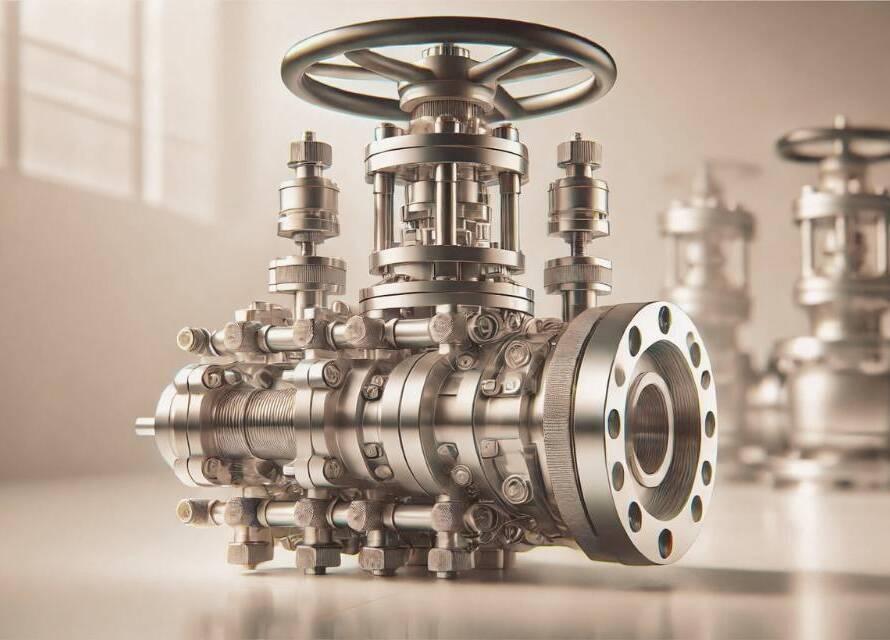The integration of Internet of Things (IoT) and predictive maintenance technologies is a game-changer for the maintenance of fluid handling systems, particularly valves and pumps. These advancements are driving more efficient, cost-effective, and reliable operations across our industry.
How IoT and Predictive Maintenance Work
IoT sensors are the backbone of this transformation. By continuously collecting data from our equipment, including parameters like temperature, vibration, and pressure, these sensors allow us to monitor the health of our systems in real-time. This data-driven approach enables us to detect anomalies and patterns that indicate potential faults or malfunctions early on. Instead of following a rigid maintenance schedule or waiting for something to break down, we can now perform maintenance based on the actual condition of our equipment.
For instance, a study on centrifugal pumps highlighted the effectiveness of smart sensors and IoT systems. By using both wireless and wired sensors to gather vibration and temperature data, which were then analyzed in the cloud, the study achieved a diagnostic accuracy rate of over 85%. This level of precision showcases the substantial benefits of IoT in predictive maintenance.
Benefits of Adopting Predictive Maintenance Technologies
Reduced Downtime: By catching issues before they escalate, predictive maintenance helps us avoid major failures and unplanned downtime. Take the example of boiler feed pumps in a power plant—if these fail, production can come to a standstill, resulting in significant economic losses. IoT-enabled predictive maintenance can spot deviations from normal operations early, preventing such catastrophic failures.
Lower Maintenance Costs: Early fault detection allows for targeted repairs and replacements, reducing the need for extensive and costly maintenance activities. This proactive approach not only optimizes our maintenance resources but also extends the lifespan of our critical assets. For instance, predictive maintenance of feed water pumps in a power plant led to substantial cost savings by avoiding unplanned outages.
Enhanced Equipment Performance: Continuous monitoring lets us identify opportunities to optimize equipment performance. By making necessary adjustments based on real-time data, we can improve the efficiency and lifespan of our pumps. Research shows that predictive maintenance can address issues like cavitation, bearing wear, and impeller imbalance, significantly boosting operational efficiency.
Improved Safety and Risk Management: Predictive maintenance also enhances workplace safety by proactively identifying and mitigating potential hazards before they lead to accidents or breakdowns. For example, monitoring vibration and temperature in mechanical seals can prevent failures that pose significant safety risks.
As a U.S.-based company with 30 years of experience, Source Machining Specialties specializes in helping U.S. manufacturers with their manufacturing needs in India. We’re so confident in our Indian production facilities that we invite you to a site audit at our expense. Discover more about our capabilities and services, and let’s start a conversation.
References:
- Moleda M, Momot A, Mrozek D. Predictive Maintenance of Boiler Feed Water Pumps Using SCADA Data. Sensors. 2020; 20(2):571. https://doi.org/10.3390/s20020571
- Ganick A. IoT’s Role in Maintenance & Early Detection for Promoting Pump Health. Pumps & Systems Magazine. 2021. https://www.pumpsandsystems.com/iots-role-maintenance-early-detection-promoting-pump-health.
- Ran Y, Zhou X, Lin P, Wen Y, Den R. A Survey of Predictive Maintenance: Systems, Purposes and Approaches. 2019. https://ar5iv.labs.arxiv.org/html/1912.07383.



